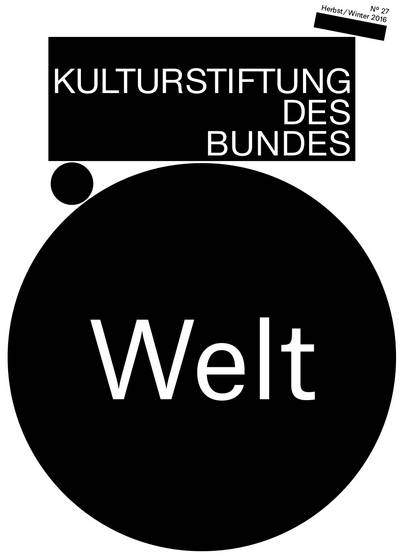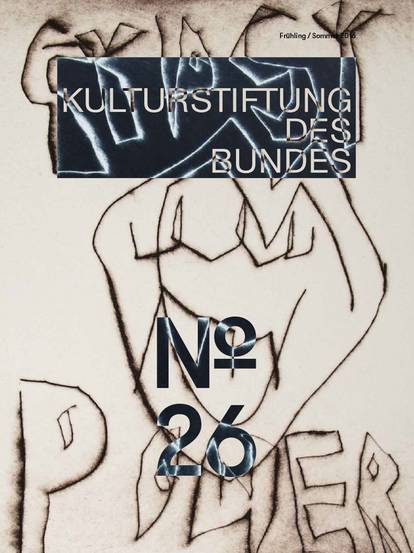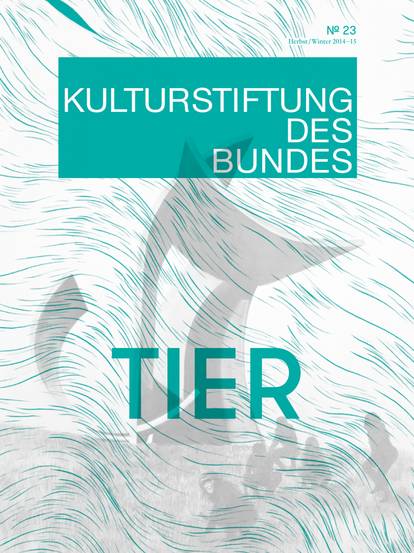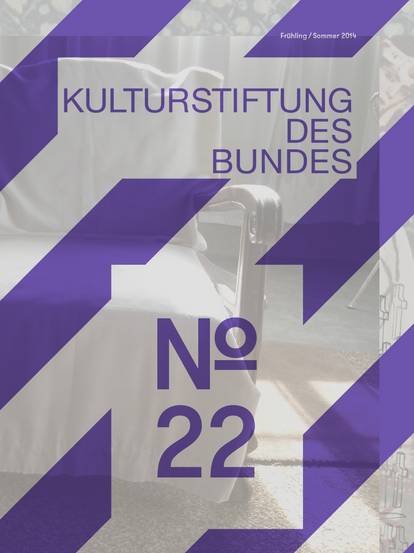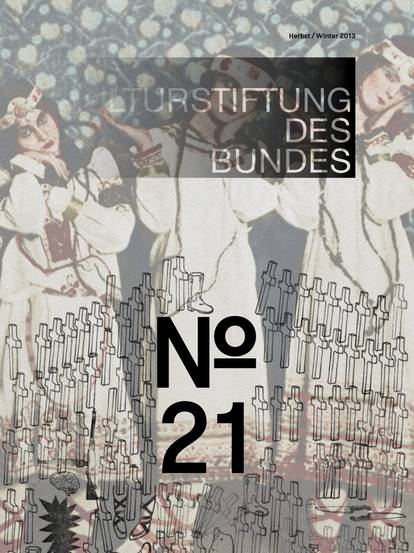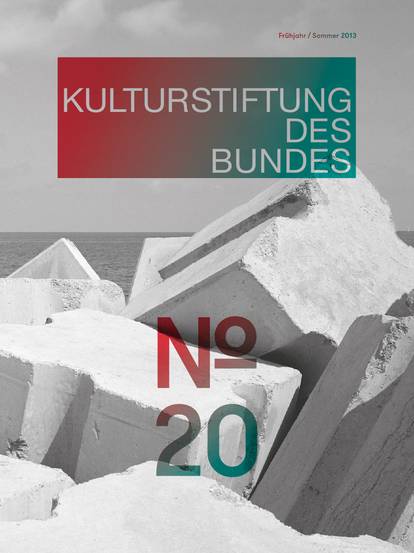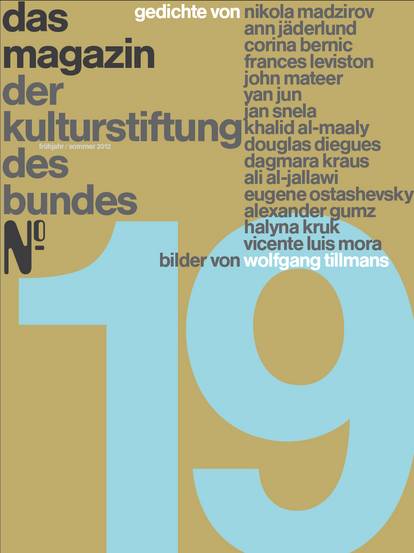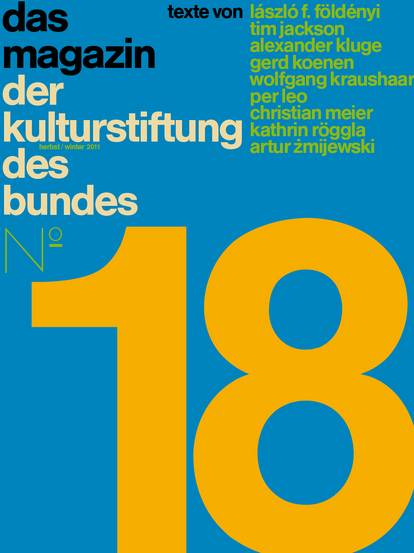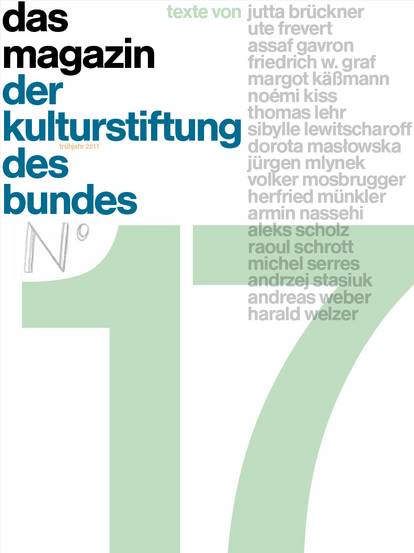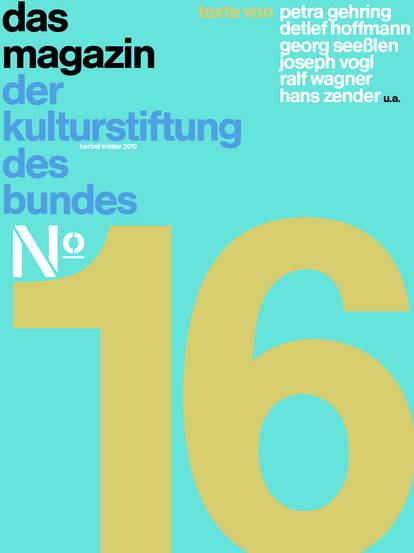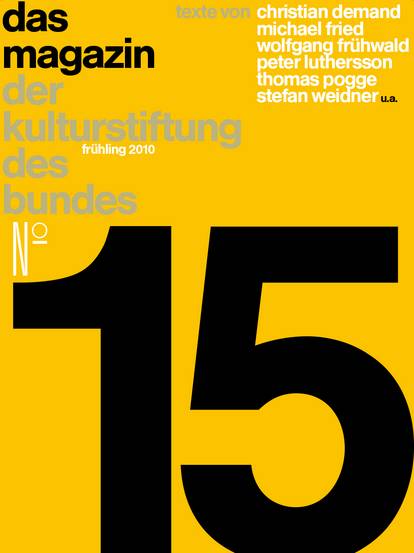In the years that followed the October Revolution, theatre played perhaps the most important political role in the art world. As theatre for the masses, it served to confirm that the multitude belonged to the political majority, and its task was to rewrite history. The theatre practitioner, dramatist and director Nikolai Evreinov succeeded in doing just that in a unique way.
Imagine you stage a revolution and no one takes a picture. This pretty much sums up the dilemma facing the Bolsheviks after the October Revolution of 1917. The importance of photographs documenting the beginning of a new political era, the founding narrative of a nation or a presidency was evident at the beginning of this year by the absurd debate surrounding the photos of Donald Trump’s inauguration in Washington. Trump would have likely been all the happier had no one taken photos – as was the case during the October Revolution. For these only showed that fewer people had attended his inauguration compared with the crowds of previous inaugurations. Trump declared after the fact that the photos were faked because they documented what he didn’t want to see.
Interestingly, there is only one photo which exists today that captured the outbreak of the October Revolution. And indeed, it is a faked photo which many had claimed to be an authentic document for an incredibly long time. Since around 1922, it has been duplicated thousands of times. It was reprinted in Soviet history books, in Vietnamese, Czech and Yugoslavian school books, was featured on postage stamps and book covers, and was even depicted on a plate of Meissner porcelain in 1947.
The photo does not, however, depict the storming of the Winter Place in Petersburg, but actually its dramatic re-enactment in 1920 on the third anniversary of the October Revolution in Petrograd at the original location. The head of the stage directors’ collective was Nikolai Evreinov, a theatre practitioner, dramatist and director, who had written books like The Theatre for Oneself (1915) and The Theatre as Such (1912) prior to the revolution and whose revolutionary ambitions were limited at best. Together with his co-directors, Evreinov put together a re-enactment within three months, comprised of 10,000 participants and 100,000 onlookers and performed on two stages – one red and one white – designed by Yuri Annenkov. The scene depicts the moments leading to the victorious revolution, the formation of a revolutionary collective from the disorderly masses of workers and the disintegrating ranks of Kerensky’s provisional government. It was pure pageantry, absent of revolutionary aesthetics.
The only thing revolutionary about it was that Evreinov recognised the theatrical-political significance of turning spectators into actors. In a speech he gave at the rehearsal, he addressed the masses by saying, “The time of being extras is over.”[i]
While the events leading up to the revolution between February and October were theatrically depicted on stage, the decisive scene, the storming of the Winter Palace, was staged as a realistic re-enactment, albeit a false one without an original. For it was Evreinov’s large-scale scene that created the legend of the storming of the Winter Palace as an enormous spectacle and provided the corresponding images for it. Unfortunately nobody had taken any pictures of the real storming, and apparently it wasn’t especially spectacular to begin with. Today we know that the defenders of the Winter Palace had put up little resistance: only a dozen officer cadets, several kosaks and a troop of armed women, the so-called “death battalion”, were standing guard on the evening of 7 November. The provisional government in the Winter Palace was represented by a few remaining ministers and had already surrendered power. When a handful of Red Guards and sailors marched through the main entrance on the eve of 8 November, they were met by a smattering of gunfire. And the ministers were awaiting their arrest in a room on the second floor.
For the Soviet history books in years to come, the photos of the spectacle served as a document of the historic event itself. In 1922, the photo of the storming appeared in the book Five Years of Soviet Power with the subtitle Attack on the Winter Palace. The photo had already been altered. The spectators standing at the right had been erased. A short time later, another detail in the centre of the photo was removed and sloppily retouched. Based on Evreinov’s notes, we know that this was where the directors’ command centre had stood: “a towering booth (as high as a one-storey building), equipped with a series of telephones and signal horns”.[ii]
In the Russian archives, the photo is sometimes catalogued under the key word “revolution” and sometimes under “Evreinov”. It is always the same retouched photo, labelled as the original, while the true original is nowhere to be found in any archive from St. Petersburg to Moscow to Minsk. The unretouched photo depicting the spectators and the directors’ command centre was only printed once in 1926 in a book by the American sociologist René Fülöp-Miller, who had observed the events in 1920 in Petrograd.
The photo was presented as an historic document in an especially clever way in a 1971 photo book with the self-revealing title History is Written with the Lens (Istorija pišetsja ob''ektivom), edited by the well-known Soviet journalist Leonid Volkov-Lannit. In the book, a photographer allegedly named Ivan Kobozev recalls how he captured the scene in the early morning hours of 8 November.
Whether Evreinov was aware that his mass spectacle would be used to burnish the history of the Soviet Union is impossible to verify. But it is not likely. In his memoires about the mass spectacle, he repeatedly mentioned that it was a historical reconstruction of the storming. He writes that many of those involved in the re-enactment were the same who participated in the actual storming of the Winter Palace in 1917 or had worked as staff members in Kerensky’s government in the Winter Palace. These few eye-witnesses of the revolution served an important function: by lending credibility to the theatrical scene, they made all of those who witnessed it also witnesses of the historical event.
In this way, the theatrical event could serve as a substitute for the historical event. If we consider Evreinov’s theory on theatre, it could well be that such substitution could play a conceptual role as well. In 1920, Evreinov wrote a manifesto of sorts in the journal Žizn’ iskusstva (The Life of Art), which he programmatically titled “Theatre Therapy” (“Teatroterapija”).
In his description of theatre therapy, Evreinov claims that play-acting can draw people out of their customary routines and allow them to experience a transformation which has a therapeutic effect. Theatre can thus serve as an ersatz for situations people could not otherwise experience in real life. On this premise, Evreinov developed a therapy based on substitution rather than repetition as advocated by Freud. While Freud favoured what he called the “talking cure” to enable patients to fulfil “one of man’s deepest desires”, namely, the ability “to do something twice” [iii], in other words, a therapeutic imaginary re-enactment, Evreinov’s concept of theatre therapy would provide the patient the chance to transform through surrendering to their instinct to play-act. Evreinovian theatre therapy is not targeted at satisfying a desire to do something twice, as was Freudian therapy, but rather at perhaps an even deeper desire of experiencing something at all, even if one’s action is the result of acting. This, in turn, also means that Evreinov didn’t require a real event to which the “reconstruction” made reference. From his perspective, theatre was capable of creating the experiences connected to such an event.
Therefore, Evreinov’s Storming of the Winter Palace had both a collective and individual substitutive function. For the actors, it created the historical event for the collective memory of the future, which, in turn, corrected that of the individual. It was in this sense that Evreinov claimed in his memoires that it was about “translating” that “sublime moment” of history into an “authentic and sublime performance” and which, in contrast to a repeated event, was itself unrepeatable.[iv] Evreinov wanted the theatrical performance to surpass the historical event. And in so doing, contemporary witnesses would remember the event as was expected of them by historians. The witnesses of the theatrical performance were thus recast as eye-witnesses of the historical event. Theatre enabled those who were familiar with the historical event through written accounts to experience the historical non-event first-hand. And for those who did experience it, theatre repaired history.
[i] Nikolaj Evreinov, “Vzjatie Zimnego Dvorca”, o.D., p. 11.
[ii] Ibid., p. 11.
[iii] Sigmund Freud, “On the Psychical Mechanism of Hysterical Phenomena” in: The Standard Edition of the Complete Psychological Works of Sigmund Freud, vol. II (1893-1895): Studies on Hysteria. London: Hogarth Press and the Institute of Psychoanalysis, 1955.
[iv] Evreinov, “Vzjatie”, p. 1.

![[Translate to English:] Magazine 38](/fileadmin/_processed_/f/1/csm_Magazin38_Cover-Vorschau_921x1230_689f428dc3.jpg)
![[Translate to English:] Magazine 37](/fileadmin/_processed_/b/c/csm_Mag37_Cover-Vorschau_921x1230_b5129fdb2a.jpg)
![[Translate to English:] Magazine 36](/fileadmin/_processed_/2/a/csm_Cover_Magazin36__issuu_2f3cef97bb.jpg)

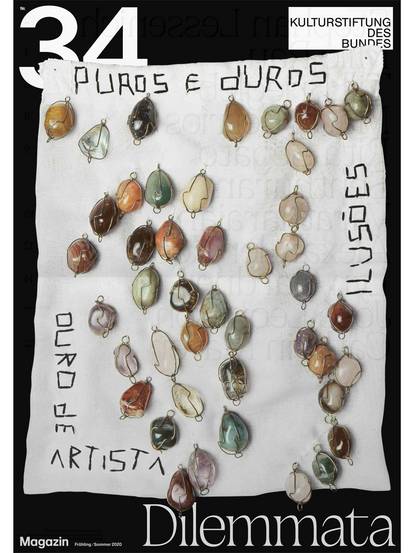
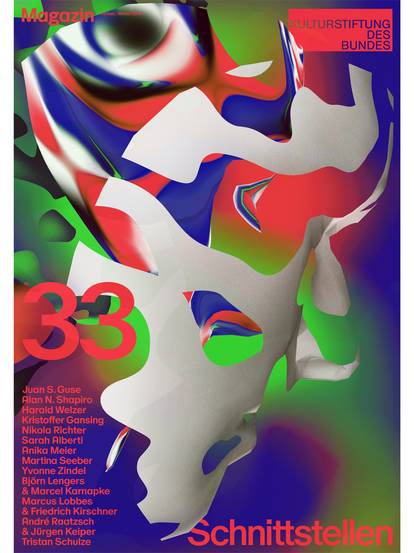
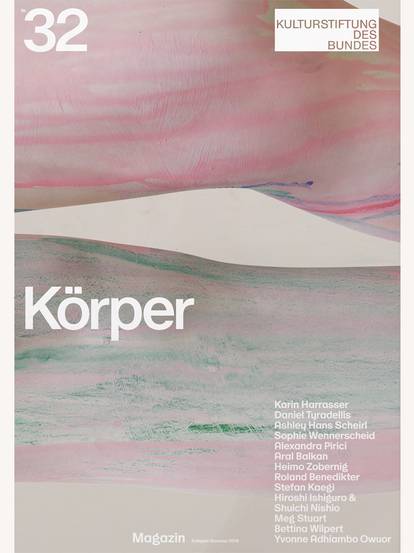
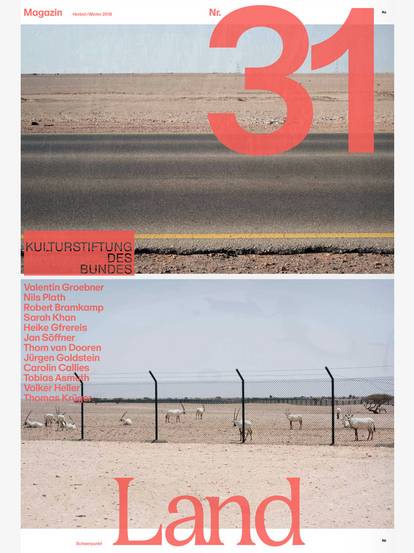
![[Translate to English:] Magazine 30](/fileadmin/_processed_/c/b/csm_magazin30_vorschau_9005f773d3.jpg)


